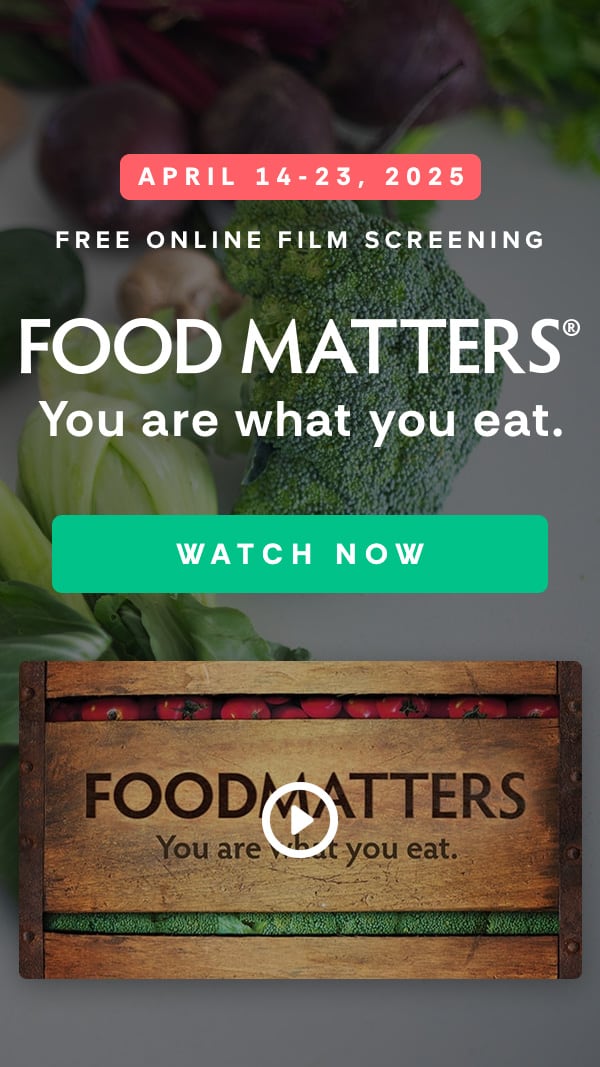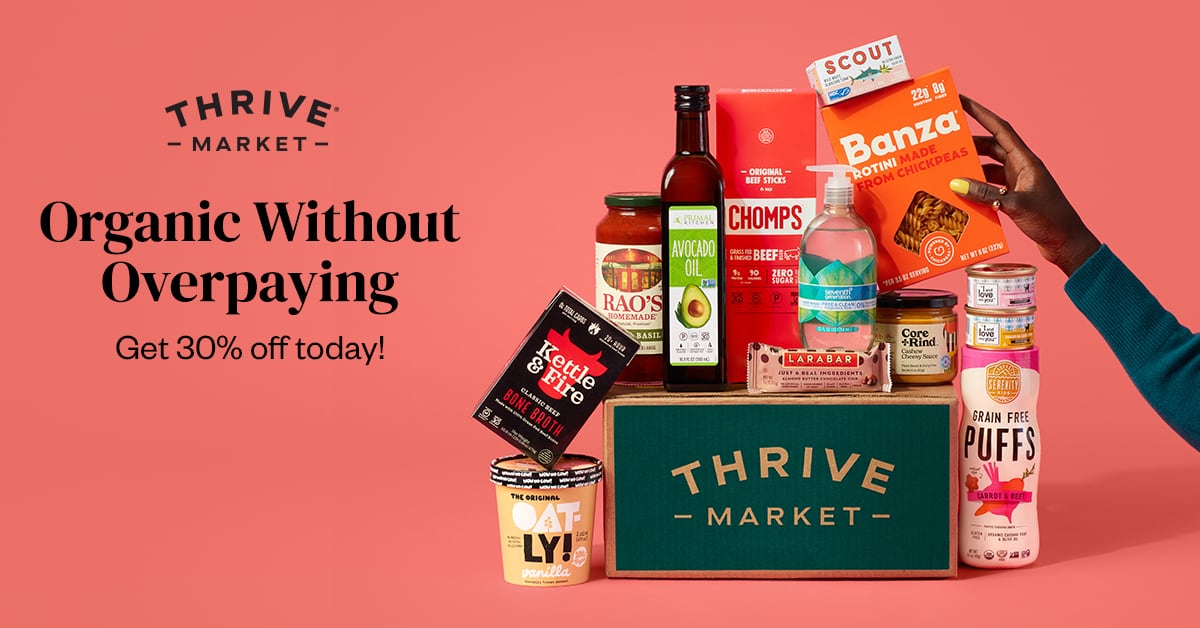Plant Protein Combining: What Is It & Should We Do It?
“But how do you get your protein!?” Any vegetarian or vegan will have heard it at least once. More often than not, it’s a jovial jab rather than any genuine concern, but we often retort with “tofu, obviously…” and it’s a perfectly good option, but it may not be the best option. If it’s not, what is?
There’s an abundance of proteins out there for us plant-eaters. Chickpeas, tempeh, almonds, lentils, edamame beans, even pea protein powder… There’s no shortage, that’s for sure. But we do run the risk of missing out on important amino acids if we limit our protein portions to trail mix.
Let’s geek out for a moment here. Proteins, when digested, are broken down into amino acids which have a critical role in your body. From building proteins required for muscles to synthesizing hormones and neurotransmitters, we would be a floppy mess without them. The human body has an amazing ability to build its own amino acids, except for a handful of important ones. Histidine, isoleucine, leucine, lysine, methionine, phenylalanine, threonine, tryptophan, and valine all need to be absorbed into our body by food.
Now, we have traditionally been told that animal-derived sources of protein contain all of these essential amino acids. And this may, or may not, be true. But when it comes to plant-based sources, it’s extremely difficult to get all that amino acid goodness in one bite. This is why we protein combine. Our wholefood vegan proteins can be broken up into nuts & seeds, beans & legumes, and grains. Now, none of these groups contain all of the essentials, but by combining foods from two groups, the lovely crossover adds for a complete profile. It also makes for a super-dynamic dish.
The thing is, now the science is saying that we don’t need to have our proteins combined in one meal because it takes a longer time to be absorbed and depleted from our body. This goes against everything we were always taught, but the principals are still there. Aiming to get a range in a day helps to build your nutritional profile. Breakfast, lunch, and dinner - try a portion of food from each group to get all the amino acid goodness your body needs.
Like anything in nutrition, the evidence can be skewed to suit any hypothesis. The amino acids that you may need more or less of, could be totally different from those that I need. The best thing you can do is look at your eating habits. What plant-based protein do I commonly reach for? When was the last time I had grains as a source of protein? Is there a recipe I love that mixes it up?
If you’re eating well and eating consciously, plant-based protein combining may not be as essential for you as the next person - but nothing bad ever came from diversifying your plate!










